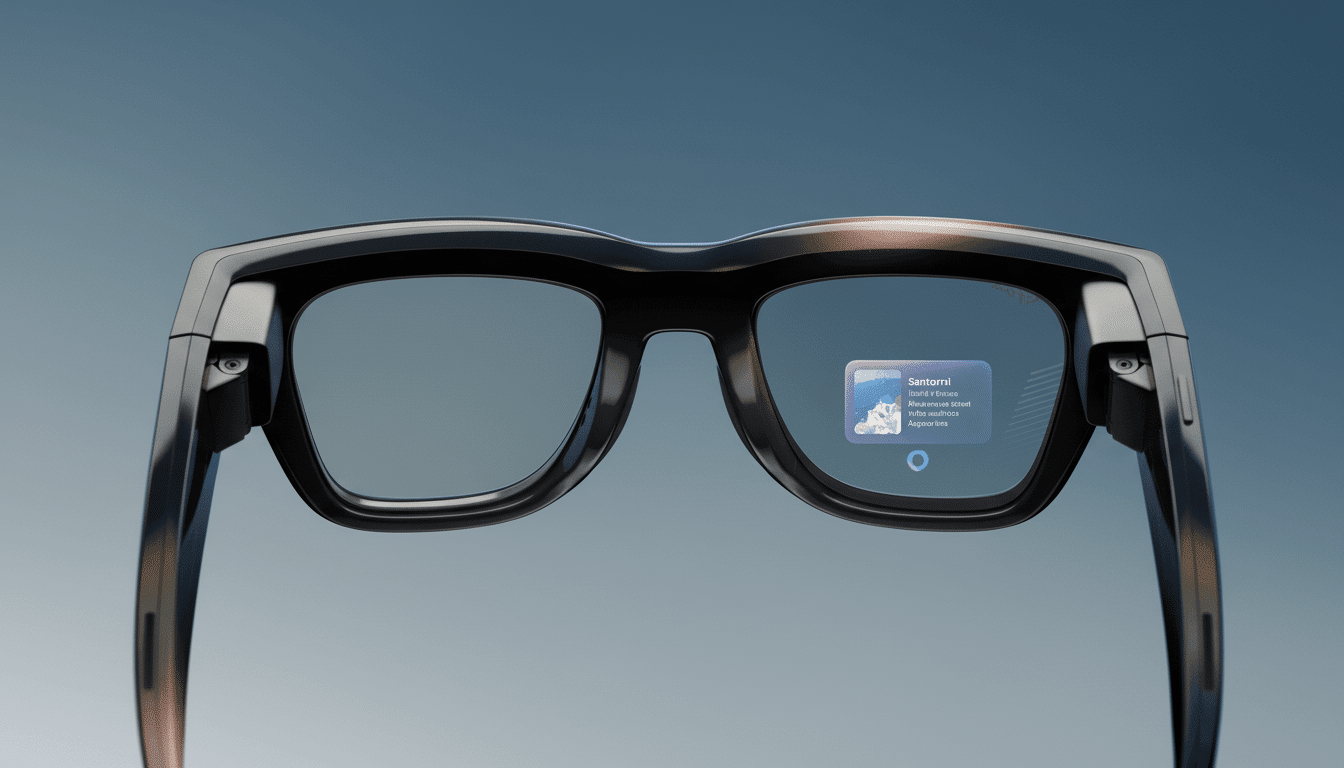The early verdicts on the second-generation Meta Ray-Ban smart glasses are in, and they agree: Practical upgrades outweigh flashy promises. Reviewers rave about extended battery life and crisper video capture, while opinions remain divided on the glasses’ onboard AI and unaltered still photo quality.
These are the camera-first models and there is no display built into them, unlike the upcoming Ray-Ban Display version that Meta has been previewing. They retain the iconic frames, forge deeper capture tools and double down on voice assistance for hands-free operation.

Battery life gains and real-world daily use impressions
Battery life is the marquee improvement. A little more than five hours of music playback yielded “comfortably” better results compared to the last generation, according to Engadget. CNET felt full workday longevity with mixed use — occasional AI prompts, a few photos and clips, some calls and music — without the clutching “battery anxiety” of earlier models.
As you’d expect, endurance takes a hit under heavier loads. One real-world stress test — listening to audio all day while commuting and flying — reduced usage to a half day. The takeaway: light-to-moderate use can stretch from morning till night, but translation, lots of video or protracted streaming will drain reserves in a hurry.
Comfort remains a quiet advantage. And because they resemble ordinary eyewear in look and feel, as one reviewer observed, it’s easy to wear them for hours. That lends greater meaning to any small edge in battery life; the glasses are on your face at impromptu moments, not stashed inside a bag.
Camera quality holds steady, video resolution sees gains
The actual camera hardware is the same: 12MP photos at 3024×4032. Results can be sharp and shareable in good light; low light remains the Achilles’ heel. Android Central’s review also wished for improved night performance, less punchy color and any sign of optical help — goals likely considered for future generations, thanks to the size restrictions that eyewear poses.
The bigger leap is video. These glasses can now record video with 3K resolution or at 60 frames per second (the high-frame-rate mode is still listed as coming via software update). Gizmodo noticed the 3K upgrade was significantly cleaner — it had finer textures and fewer smeared edges — think leafy trees whizzing by during a bike ride or street scenes full of intricate signage. Not everyone was in complete agreement about the size of the jump; some tests showed incremental improvement over the previous model, especially in not exactly ideal lighting.
For creatives, the qualitative gains matter more than what’s on paper. Stabilization, perspective and the “eyes-up” point of view of head-worn capture can also make even short clips feel more immediate than phone footage. The downside is control: framing feels natural, but specific exposure adjustments and zoom are still out of reach.
AI assistant usefulness and live translation performance
Meta’s on-glasses assistant is strong in theory — recognize things you look at, answer short questions, translate speech to your ear — and still mixed in execution. CNET’s early testing saw that situational interpretation can be hit-or-miss, with confident misfires here and there. Android Central also mentioned that the assistant is unable to process/understand commands based on a specific device, like verifying video settings as they are or specifying capture times.

Live translation won more fans. Engadget wrote about using it to listen along to a guided tour spoken in another language: It’s good enough to get through, at the very least, although it’s more tuned for interactions between two people than long diatribes. But there’s a power cost: all that listening and processing drains the battery more quickly than simply pressing it into action to capture something.
Voice choices add character — reviewers cited NPR-style voices that read flat but also celebrity-style ones — but what is most important right now is dependability, not novelty. The underlying AI will no doubt get better as Meta iterates on models and updates software, but the current experience is best thought of as a useful tool for on-the-go assists rather than a fully trustworthy guide.
Privacy considerations and ongoing social norms friction
Discreet, ever-ready cameras prompt familiar questions. The recording LED is intended to indicate that capture is going on, but we all know that the social understanding of eyewear cameras is still evolving. Early reviewers didn’t encounter any new controversies, but it certainly doesn’t hurt to be very clear when recording in private or semi-private spaces, especially with the higher-fidelity 3K mode.
Should you upgrade from the original if you own Gen 1?
If you wear the original glasses every single day, improved stamina and cleaner video could make for a compelling enough reason to buy in, especially if you’re often on the go, exploring cities or vlogging without using your hands. If photo quality is your everything, most reviews say wait — stills haven’t really improved and the low light remains a challenge.
(Those wanting a heads-up display or richer on-device AI might want to wait until they see the display-equipped model Meta has previewed.) Audio-based alternatives from other brands are excellent hands-free options for calls and music, but none combine this style with a camera so socially friendly.
Bottom line: The early reviews from sites such as CNET, Engadget, Gizmodo and Android Central suggest this will be a practical, real-world upgrade.
The glasses are more reliable, video looks better and the assistant shows moments of usefulness — just don’t anticipate miracles from the AI or first-gen photo sensor.

